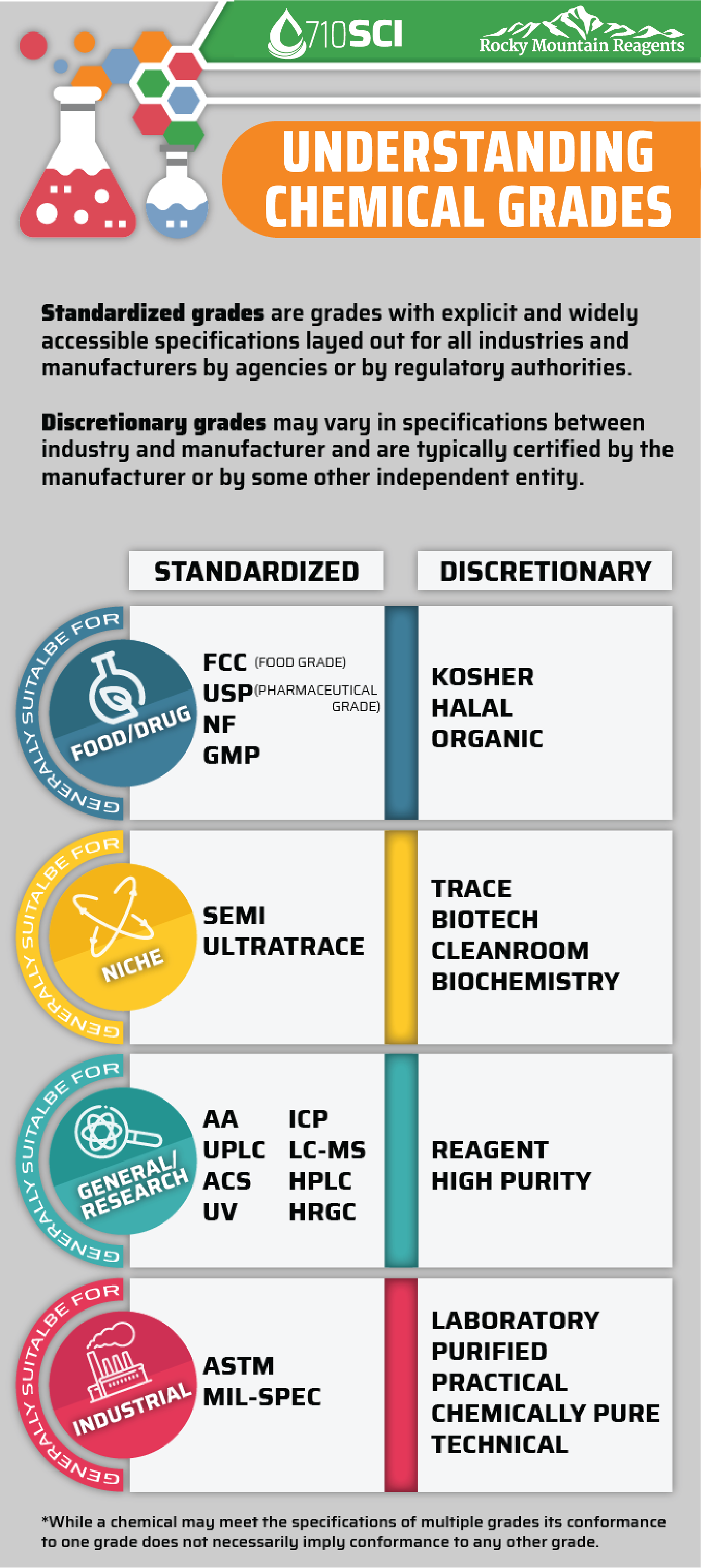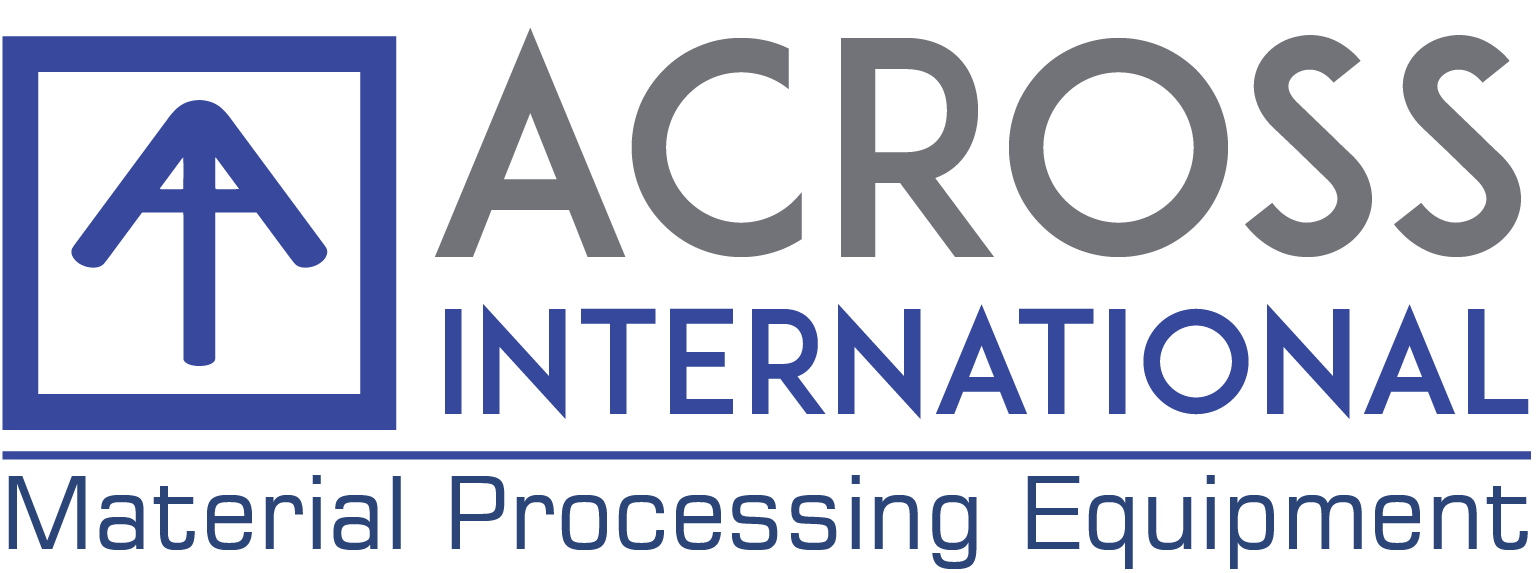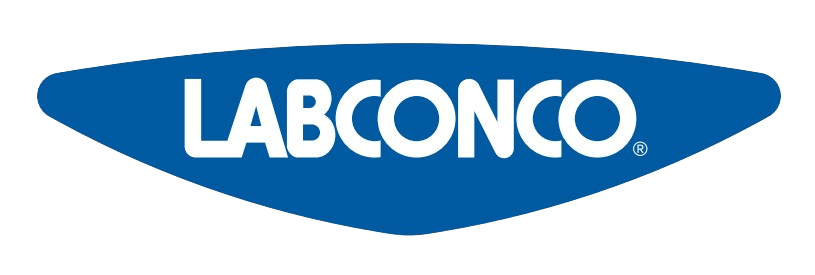Material Grades Explained
Understanding chemical grades is crucial for ensuring purity and quality in pharmaceuticals, medical devices, and research.Chemical Grade Fundamentals
At the core of understanding chemical grades lies the notion of purity. But it's not just about how clean a chemical is; it's also about meeting specific standards tailored for different applications. For instance, a chemical destined for pharmaceutical use must adhere to different purity criteria compared to one used in educational labs.
These standards are established by organizations like the American Chemical Society (ACS) and the United States Pharmacopeia (USP), which publish monographs detailing the specifications for various chemicals. These monographs ensure consistency and quality across manufacturing processes and applications.
Reagent Grade
Similar to ACS grade, suitable for analytical work and general lab use. Appears when ACS standards are not available.ACS Grade
The laboratory gold standard, meeting or exceeding ACS (American Chemical Society) standards. Ideal for general analytical and laboratory use.SEMI Grade
Similar to ACS grade, suitable for analytical work and general lab use. Appears when ACS standards are not available. Meets or exceeds the monographs established by SEMI, ensuring suitability for electronics design and manufacturing.FCC Grade
Meets or exceeds standards set by the Food Chemical Codex (FCC), ensuring suitability for food, beverage, and nutritional supplement purposes.USP Grade
Meets or exceeds standards set by the United States Pharmacopeia (USP), ensuring suitability for pharmaceutical purposes.NF Grade
Meets National Formulary (NF) standards, commonly used in pharmaceuticals and educational settings.Laboratory Grade
Offers high purity but with unknown impurities, making it suitable for educational labs.Technical Grade
Good for industrial use but not for high-purity applications like pharmaceuticals.





















